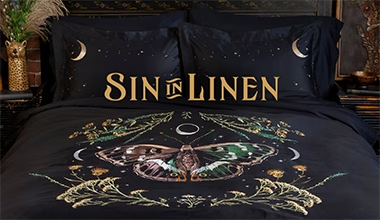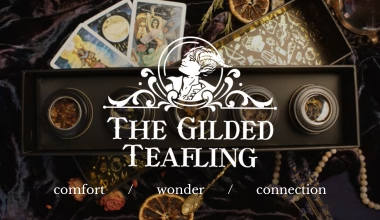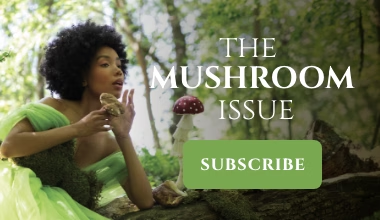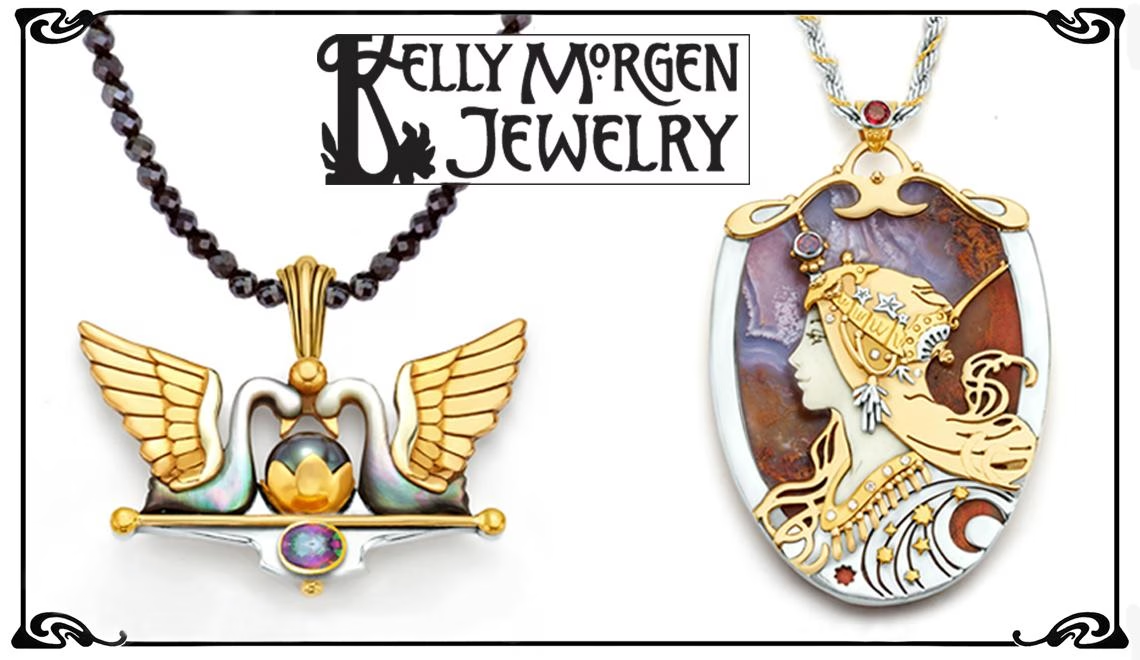You are no doubt expecting me to expound on the romance of flowers in Victorian art, but I think I shall instead start with a splendid murder. In Agatha Christie’s 1932 short story “The Four Suspects,” Miss Marple and her friend Dolly Bantry solve a Secret Service murder by use of the language of flowers. When Sir Henry Clithering, former head of Scotland Yard, tells his friends about a murder victim who received a letter signed “Georgina” shortly before being bumped off, Miss Marple makes the following observation:
My sister and I had a German governess—
a Fraülein. A very sentimental creature.
She taught us the language of flowers—
a forgotten study nowadays but most charming.
A yellow tulip for instance means
Hopeless Love, while a China Aster means
I Die of Jealousy at Your Feet.
The letter was signed Georgina, which I seem to
remember is Dahlia in German.
In the language of flowers, dahlia means treachery and misrepresentation, and therefore Miss Marple and Dolly, avid gardeners, solved the case. For Victorian-born women like Miss Marple, the language of flowers was a way to combine science with secrets, exercising the brain while subverting the strictures that held women in their place. Floriography developed alongside the growing scientific interest in botany and the categorization of different plant types. Studying flowers appeared both remarkably educational and incredibly frivolous, which made it possibly the perfect Victorian pastime. The young women who cultivated the language of flowers learned Latin names and biological details of all the different plants because each part of the plant could send a different message. I see it in the same vein as fern mania (or pteridomania), which gripped Victorian England from the 1850s to the 1890s. (By the way, ferns mean fascination in the language of flowers …)
Obviously, in art, the language of flowers was a way to add layers of meaning to an image, not to mention a way to show off what a splendid still-life painter you were. In George Dunlop Leslie’s 1885 The Language of Flowers, two young women have gathered flowers to study. The young lady in black is looking a bit bored, but her friend, consulting a copy of the useful tome, is holding a sprig of love-in-a-mist. You would think a flower with that particular name had a romantic meaning, but according to the books it actually means perplexity. What—or more likely, who—has this young lady perplexed?
Likewise, we have an insight into the thoughts of the young lady who is sitting and pondering in the quaint and peaceful painting A Quiet Moment (1899) by Carlton Alfred Smith. The girl was reading but has become lost in thought—what is she thinking about? Beside her, daffodils tumble from her basket, hinting at unrequited love, so she is lost in a daydream about someone who is unlikely to be thinking about her.
Flowers represent love’s many forms,including the love from an artist toward the sitter. George Frederic Watts chose two floral signifiers in his honeymoon portrait of his young bride, actress Ellen Terry. In Choosing (1864), shown at right, Ellen bends to inhale the fragrance of a showy red camellia, often taken to represent worldly ambition and her stage career. In her other hand, cradled to her breast, she has a handful of violets, which are felt to represent innocence. Due to the disastrous nature of their marriage, many viewers use this painting as proof that the artist thought his bride was easily distracted by flashy nonsense while overlooking the true treasure of their marriage.
If we use the language of flowers, however, there are less judgmental possible readings that might leave us feeling better toward both artist and model. The violets, sweetly smelling in her cupped hand, represent faithfulness, something Miss Terry holds close to her heart, but she is aware of the beautiful red camellia, which represents both admiration and excellence. Despite her young age, Ellen was already a stage star; she went on to be the greatest actress in England in the 19th century. I think her husband knew that her ambition and talent would, and should, win out. As the couple remained friends, I like to think he didn’t blame her for choosing her camellias.
Speaking of love, it was not unusual for an artist to hint at his less proper feelings for a model through the language of flowers. In his first formal portrait of his best friend William Morris’s wife, Dante Gabriel Rossetti painted Jane Morris sitting behind a vase of white roses, with pink and red carnations at her belt. White roses can mean either passion or virginal love, and carnations signify a woman’s pure love. This painting is seen as an expression of Rossetti’s growing obsession with Jane Morris, which would continue for the rest of his life. He also painted her holding snowdrops, denoting hope, and pansies, which could indicate that he was thinking of her and possibly that he imagined she was thinking of him. More likely it was a secret reference to the fact that when he stayed with the Morris family at Kelmscott Manor, Jane would leave a pansy on his bed if she wished him to visit her room at night.
It should also be noted that Rossetti painted all sorts of flowers in the hands of the lovely Alexa Wilding without having any sort of affair with her. One of the most beautiful is La Ghirlandata (1873), or The Garlanded Woman, which shows honeysuckle and pink roses, expressing love and devotion. Strangely, at the front is monkshood, often read as a warning about the approach of a foe. It seems at odds with the image, and even Rossetti’s brother said he thought his brother meant to paint another flower there. However, meanings can differ between reference books, and some say monkshood could also represent a knight-errant’s courtly protection. So maybe the viewer of the painting is meant to be the knight protecting this beautiful, garlanded woman.




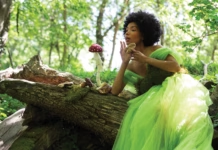

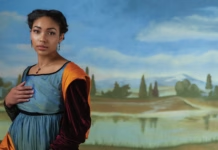

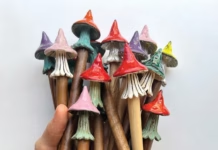


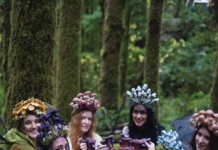

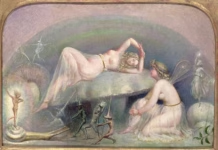

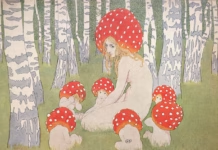
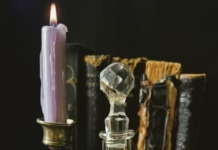
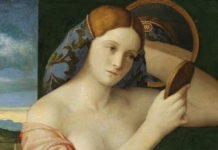



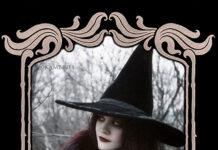


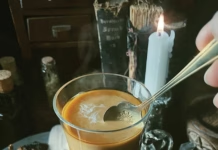
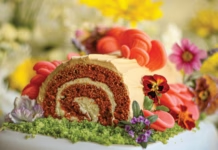
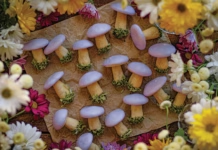


 Subscribe to Enchanted Living magazine or head on over to
Subscribe to Enchanted Living magazine or head on over to 
